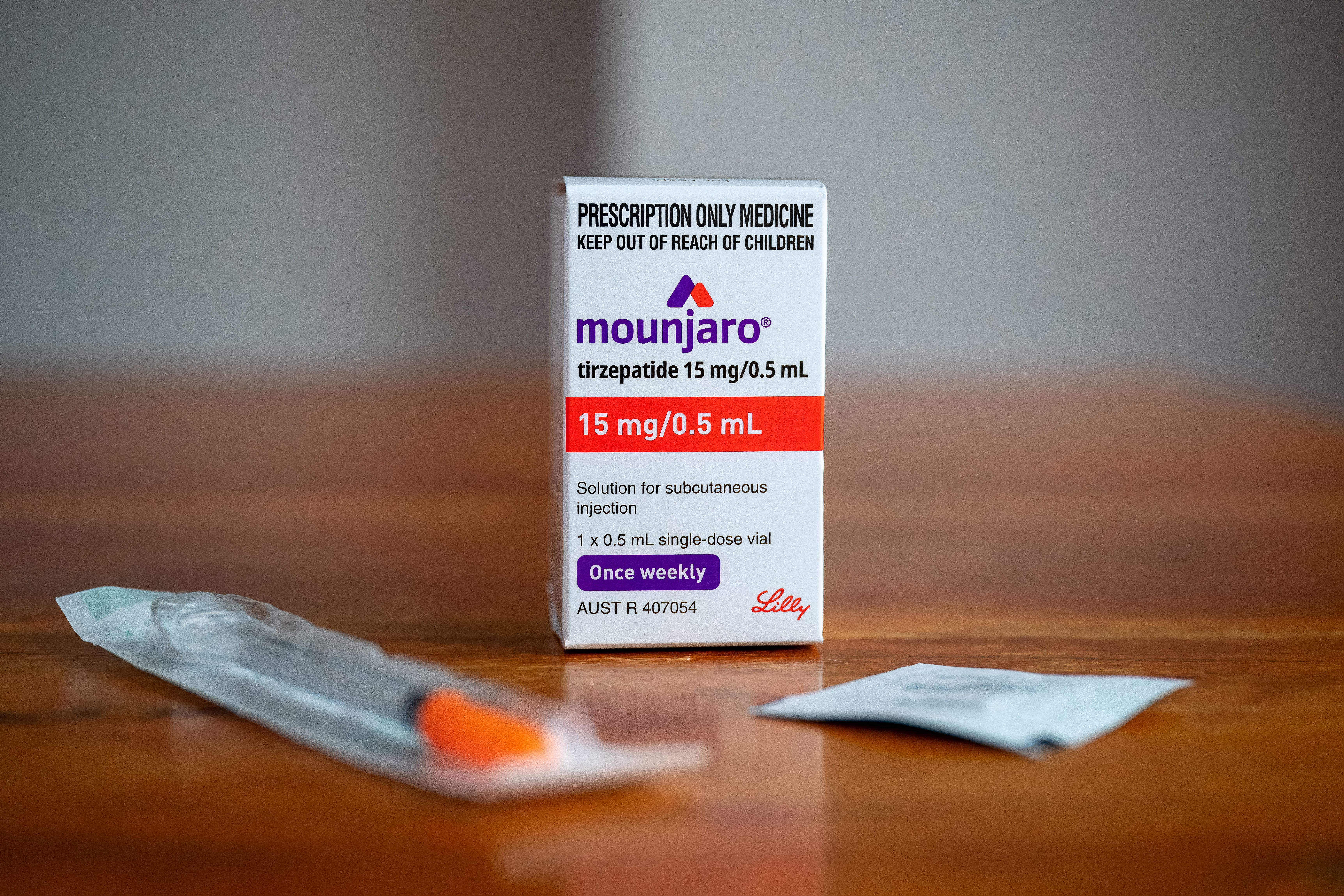Article
Mortality, Risk Factors of Patients With Cardiac Injury and COVID-19
Author(s):
Evidence is considered lacking on the association between mortality and patients who have both cardiac injury and coronavirus disease 2019 (COVID-19). Is the rate of death higher among these patients compared with patients without cardiac disease who have COVID-19?
Evidence is considered lacking, although it continues to accrue, on the association between mortality and patients who have both cardiac injury and coronavirus disease 2019 (COVID-19). Is the rate of death higher among these patients compared with patients without cardiac disease who have COVID-19?
A team of investigators from Renmin Hospital of Wuhan University, in China, conducted a retrospective analysis between January 20 and February 10, 2020, on 416 patients hospitalized with laboratory-confirmed COVID-19. The final follow-up date was February 15. Their goal was to delineate the relationship between cardiac injury and COVID-19, if there was even one to define.
“Mounting evidence substantiates the presence of cardiac injury in patients with COVID-19,” the authors wrote.
A diagnosis of COVID-19 was confirmed through use of the Viral Nucleic Acid Kit (Health) and per World Health Organization guidance.
Among the patients studied, the median (range) age was 64 (21-95) years, most (50.7%) were female, and the median time to symptom onset was 10 days (interquartile range [IQR]), 1-30). Of this group, 82 (19.7%) had some type of cardiac injury, and they were older than the cohort of patients without cardiac injury: Their median age was 74 (34-95) years compared with 60 (21-90) years.
It was apparent as the study went on that patients with cardiac injury and COVID-19 fared worse than the patients with COVID-19 but no history of cardiac injury. Here are some examples:
1. Comorbidities:
- Hypertension: 59.8% versus 23.4%
- Diabetes: 24.4% versus 12.0%
- Chronic heart failure: 14.6% versus 1.5%
- Cancer: 8.5% versus 0.6%
2. Higher levels of the following:
- Leukocytes: median 9400 (IQR, 6900-13,800) versus 5500 (IQR, 4200-7400) cells/μL
- Aspartate aminotransferase: median 40 (IQR, 27-60) versus 29 (IQR, 21-40) U/L
- Creatinine: median 1.15 (IQR, 0.72-1.92) versus 0.64 (IQR, 0.54-0.78) mg/dL
3. Mechanical ventilation needs:
- Noninvasive: 46.3% versus 3.9% (P <.001)
- Invasive: 22.0% versus 4.2% (P <.001)
4. Complications:
- Acute respiratory distress syndrome: 58.5% versus 14.7% (P <.001)
- Acute kidney injury: 8.5% versus 0.3% (P <.001)
- Electrolyte disturbances: 15.9% versus 5.1% (P = .003)
- Hypoproteinemia: 13.4% versus 4.8% (P = .01)
- Coagulation disorders: 7.3% versus 1.85 (P = .02)
Most importantly, patients with cardiac injury with diagnosed COVID-19, compared with patients without cardiac injury, had a higher mortality rate (51.2% vs 4.5%) and risk of death, via a Cox regression model, from both symptom onset (hazard ratio [HR], 4.26; 95% CI, 1.92-9.49) and admission to end point (HR, 3.41; 95% CI, 1.62-7.16).
“It is notable that a recent report on 138 patients hospitalized with COVID-19 found that 7.2% of patients developed acute cardiac injury, and patients who received care in the intensive care unit [ICU] were more likely to have cardiac injury (22.2%) than non-ICU patients,” the investigators noted. “The findings presented here highlight the need to consider this complication in COVID-19 management.”
Reference
Shi S, Qin M, Shen B, et al. Association of cardiac injury with mortality in hospitalized patients with COVID-19 in Wuhan, China [published online March 25, 2020]. JAMA Cardiol. doi: 10.1001/jamacardio.2020.0950.




